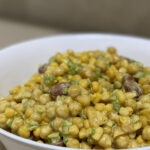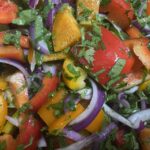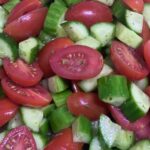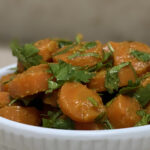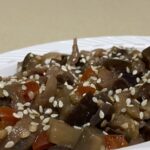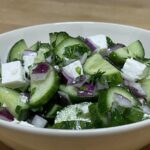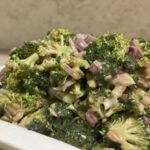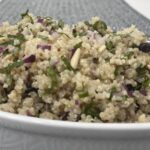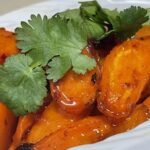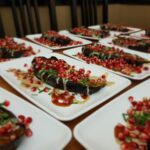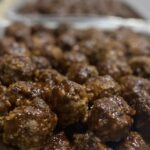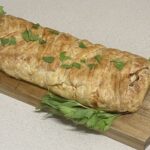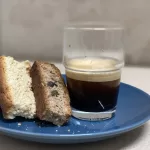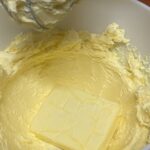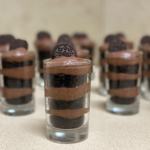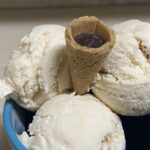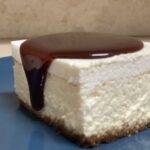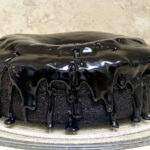Our Kitchen

Almost everything in our kitchen has a story. For those of you who have visited us in Israel and has seen the size of our kitchen can appreciate it when I say that truly it is very small therefore each dish that we are able to prepare and serve, especially to big groups is a wonderful miracle.
Jacques and myself love working alongside each other and we have found a wonderful rhythm of working together. Each one of us knows what we need to do and we are able to work in peace and unity. It is a wonderful privilege to be able to work as a team.
When I enter the kitchen I see and remember each story of every appliance as well as many of the cupboards that Jacques custom made to my desire. So the kitchen is not just a room where we cook but it is a place where I can relive the efforts of my husband as well as the goodness and provision of the Father.
So just as the recipes are a part of our story so too is the kitchen and I could not share the recipes and not the stories behind the appliances that work so hard with us.
Our stove
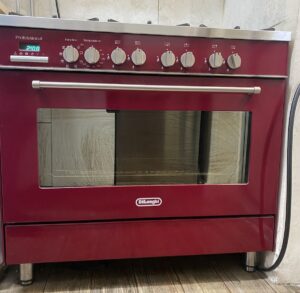
When I first arrived at Beit Chai we had a very small white four plate gas stove and electric oven. This poor oven worked overtime to prepare the meals that needed to be prepared. Thinking back I really do not know how we managed to serve all the guests with such a small oven, but it happened and I can just think that it was the Fathers grace.
Just before Pesach about 10 years ago we realized that the oven was not functioning properly and I said to Jacques that I was trusting for a larger stove and oven. Gerrit, Jacques father, got wind of our desire for a larger stove and immediately took us to hunt for something that would meet our needs. We looked at a few models and went to different stores to find the best price and found the perfect stove / oven almost double the size of what we had. We put our faith out to order it and by the time that it was delivered someone had given the ministry a first fruit blessing which coved exactly the amount needed to pay for it. The only thing was that the space that we had available for it to fit in was too small so Jacques had to break off a part of one of the walls to allow the new addition to our kitchen to find its home. He did such a great job in expanding the space and then at the same time made a tile boarder across the back of one of the counters which would be the place for the new stove.
What a great addition to our kitchen! We have prepared so many meals in this oven and on the stove and every day we take care to clean it and keep it in a good condition because we know that it is a gift from our Father.
Our Mixer
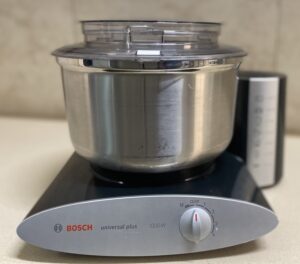
In the early days of the Beit Chai’s kitchen we only had a small hand mixer which was given to us as a gift from one of our guests. This poor mixer worked over time to try and meet our demands. In the end however we knew that its time was almost done. We had also started making our own challah but the small hand mixer was not strong enough to knead the dough so we had to do it by hand. When we realised that the mixer was at its end I asked Jacques if we could get a mixer that could help us with kneading the Challah dough as well.
My husband has a very unique gift of finding the best product for our needs at the best price and so he started his research on which appliance would best serve us. He found a very special appliance that had many different functions and also where we could purchase it at the best price.
During this time we had two very special ladies who had come to help us in the house for a few weeks while we were short of help and when they left they left an envelope for us explaining that they felt the Father had instructed them to give us a financial blessing. I was very surprised by this gift as they had already sacrificed their time and energy to come and serve at Beit Chai and then also gave us a financial blessing. We knew that this was the start of the Father’s provision for the new mixer so we removed our tithes and safely put the envelope aside. Shortly after this we had other friends who regularly came to visit us and help us for a few months. While they were here they also gave us an envelope and said that someone who heard that they were coming gave them the envelope and said that they would know who to give it to. When we opened the envelope after removing the tithes there was exactly the amount outstanding that we needed together with the first envelope to purchase the new mixer.
Very excited we went to the store to purchase our new addition to the kitchen. Since then we have made good use of this appliance. It not only kneads our dough but also helps us to grind our meat for the meat pies, lasagne, homemade South African (boerewors) sausage and so much more.
Like us it works very hard in the kitchen and we are thankful to the Father for His provision and also to those who were obedient in giving when they were instructed too.
Our Fridges

When Jacques’s family first started renting Beit Chai the kitchen already had two standard sized white fridges standing side by side. For many years they served us well but then we noticed that they were also nearing their end. It was also apparent to us that we needed larger fridges so we thought that while we had to replace them we might as well search for bigger fridges that would better serve our needs.
We searched every shop and every model. We spent weeks trying to find just the right fit for our kitchen. Eventually we found the two perfect size fridges and placed the order. We knew that they would not fit into the kitchen and Jacques had to shorten one of our counters to be able to enlarge the space that the new fridges could fit into.
We waited very excitingly for the fridges to arrive, but when they did arrive we realised that because of the way the doors opened we had made a calculation error on the space that we needed. We couldn’t send them back so we had to make a different plan. We decided that the best option was to take away a piece of the outside wall of the kitchen.
Thankfully there is very little things that Jacques cannot do so together we started breaking away the dry wall until there was space enough for both the fridges.
Many years later and they are still a wonderful addition to our kitchen and have definitely earned their keep.
I love how everything in the kitchen has a great story behind it. At the time it might have felt like a hassle or a bad experience but looking back it has created a wonderful testimony of God’s provision and also wisdom on how to deal with the different challenges that we had to face.
There are still many stories, even down to our serving plates, pots and pans there is a story of the Father’s provision. When we work in the kitchen we are ministering to the Father. We are using our gifts to honour him and serve His people. It is not just about making food but also giving back to Him and bringing honour to His name.

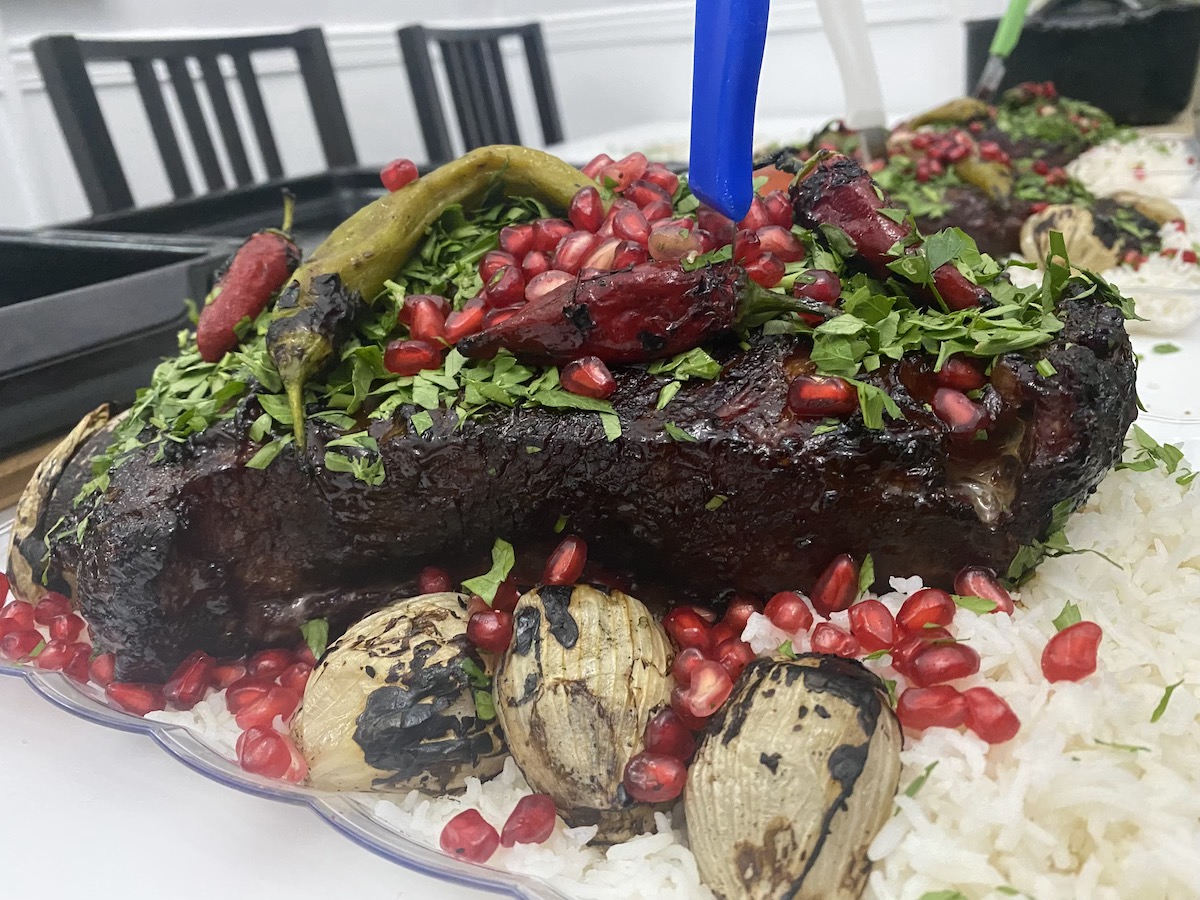

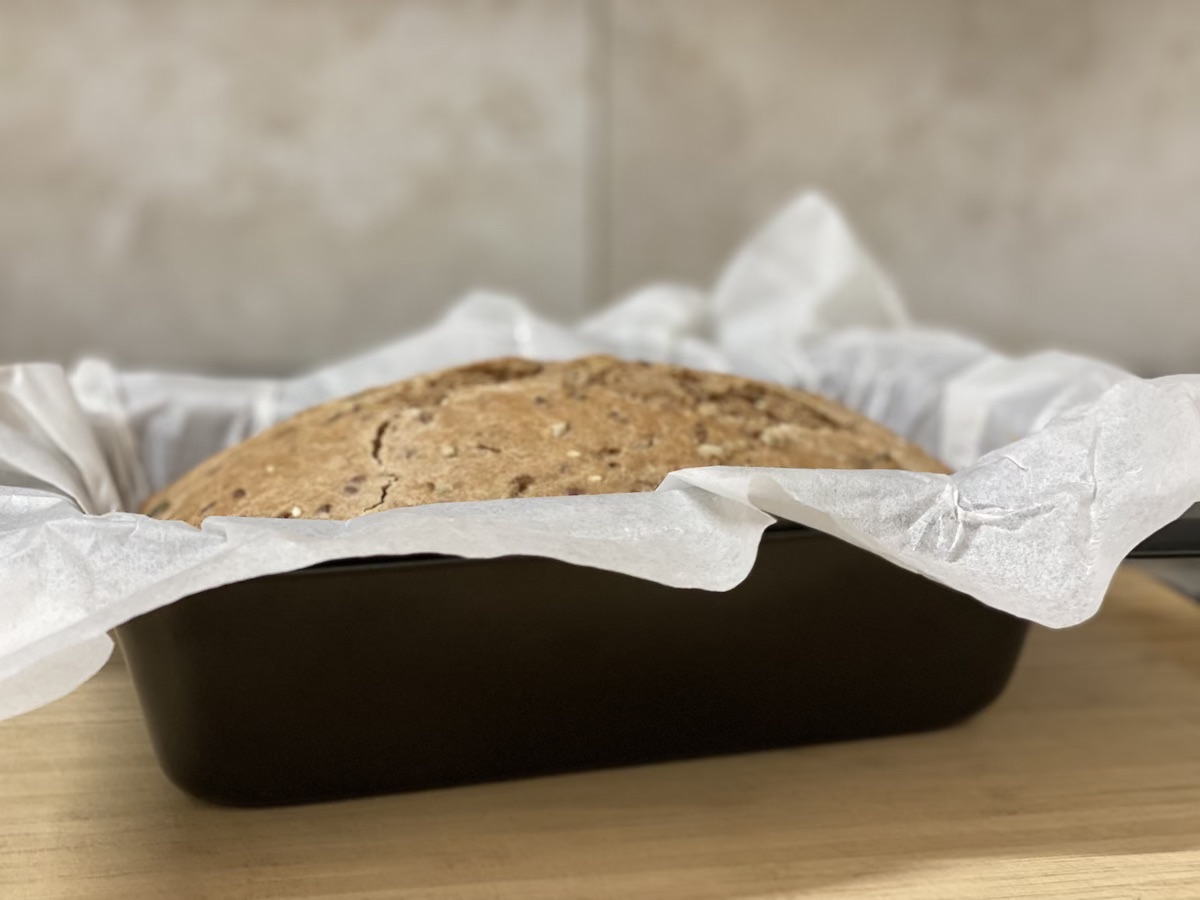

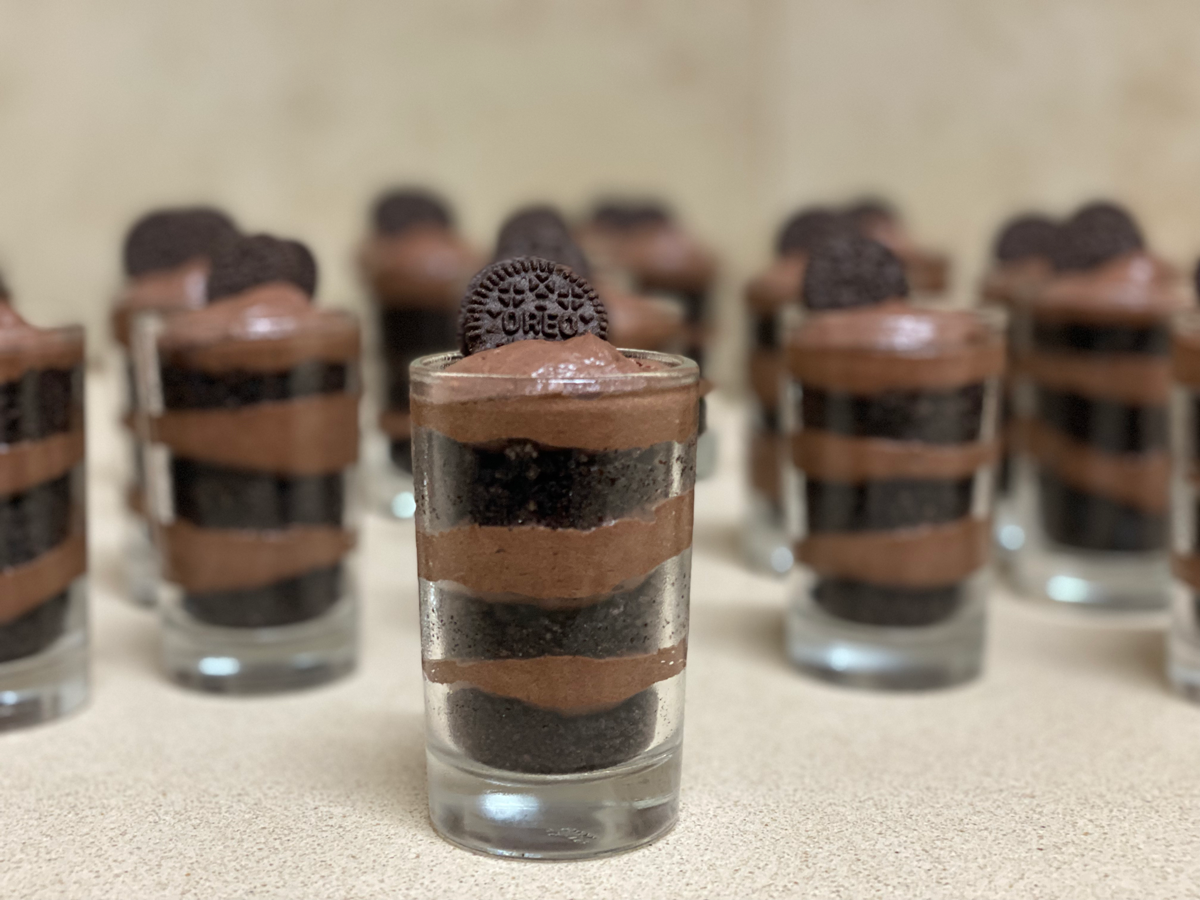

 Useful tips in the Kitchen
Useful tips in the Kitchen






